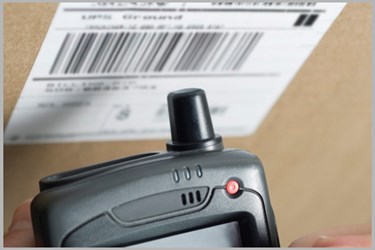How Your MES Customers Can Cut Costs With (More) Paper Reduction
By Cheryl Knight, contributing writer

In the Digital Age, manufacturers are relying less and less on physical paperwork — especially those that employ a manufacturing execution system (MES). According to an LNS Research report, while an MES can help reduce paperwork, companies can benefit from looking at the big picture instead of focusing on one or two areas at a time. Upon a close examination many companies are still using paper and pen or pencil recordkeeping in some areas. An LNS Research article identifies places where paper might still be piling up for your manufacturing clients — not only adding up to unnecessary costs but also creating the possibility of errors.
Paper Pick Lists. The use of smart fork trucks has greatly cut down on the paperwork necessary in a warehouse environment — but not all warehouses have this capability. Instead of paper pick lists, businesses can more efficiently perform the task with bar code readers: they eliminate paper-and-pencil errors and ensure inventory counts are more accurate.
Standard Operating Procedures (SOPs). Companies often distribute SOPs in large binders containing information and step-by-step instructions for just about every job in the workplace. In some cases, this is a requirement for compliance with International Organization for Standardization (ISO) standards. While having binders in the workplace to refer to when needed might seem like a good solution, often these documents become outdated and can sometimes be accessed by anyone — employee or not. Secure management of SOPs, with only the most current version accessible, calls for an electronic version.
Work Orders. Ask your clients if their managers or team leaders are printing out electronic work orders and distributing them on paper. Discuss options for delivering work orders without a paper intermediate step for cost savings and to help avoid errors.
Data Collection In Downtime. Ask your clients what their procedure is when the MES or other systems are down.
Most often when systems go down, companies return to paper recordkeeping, but not in real time, and then passed on to clerical staff for entry when the system is back up — inviting error or untimely notifications.
This HighJump Software white paper, “10 Key Ways ‘Going Paperless’ With A Manufacturing Execution System Drives Fast Cost Reduction” explains benefits beyond cost savings for your clients, including reductions in manufacturing cycle time, order lead time, data entry time, work in process (WIP) inventory — and an increase in machine utilization.
